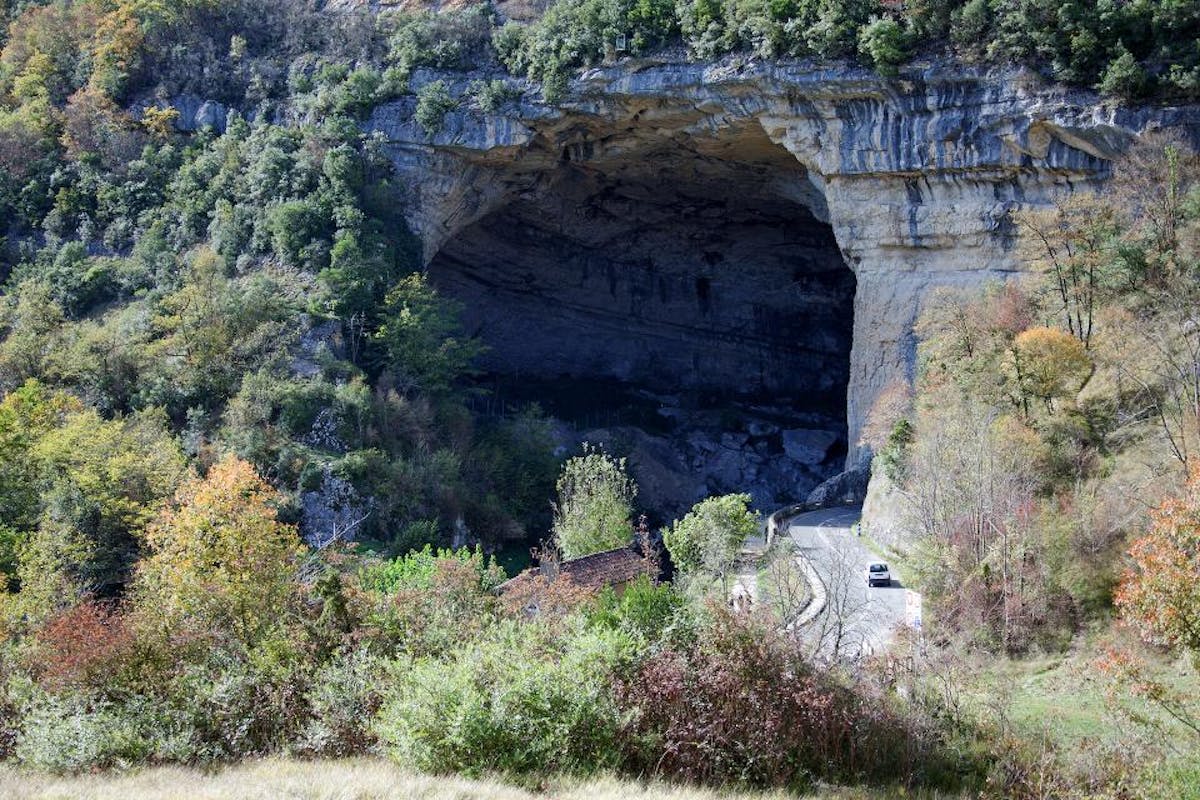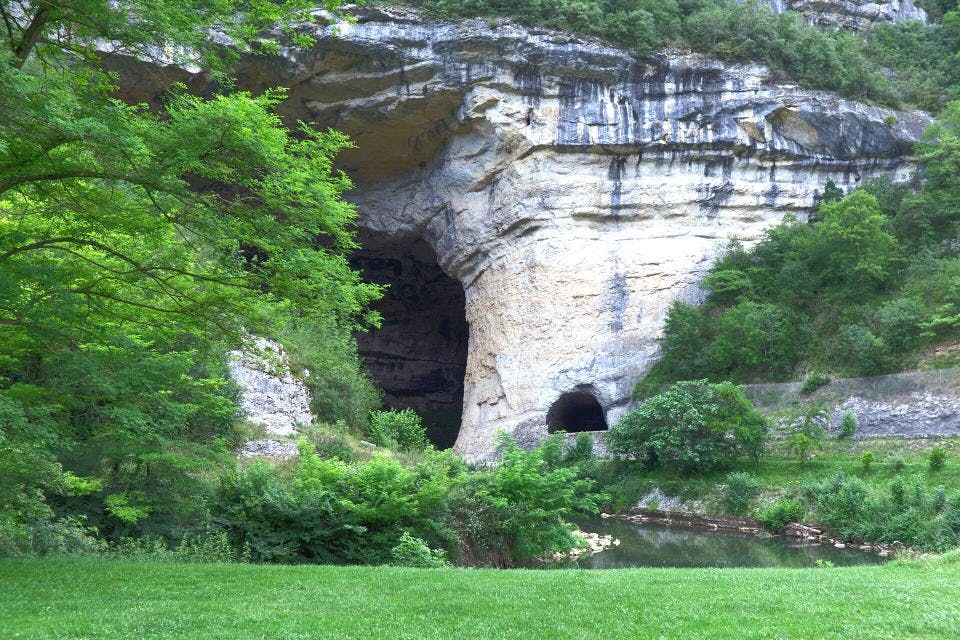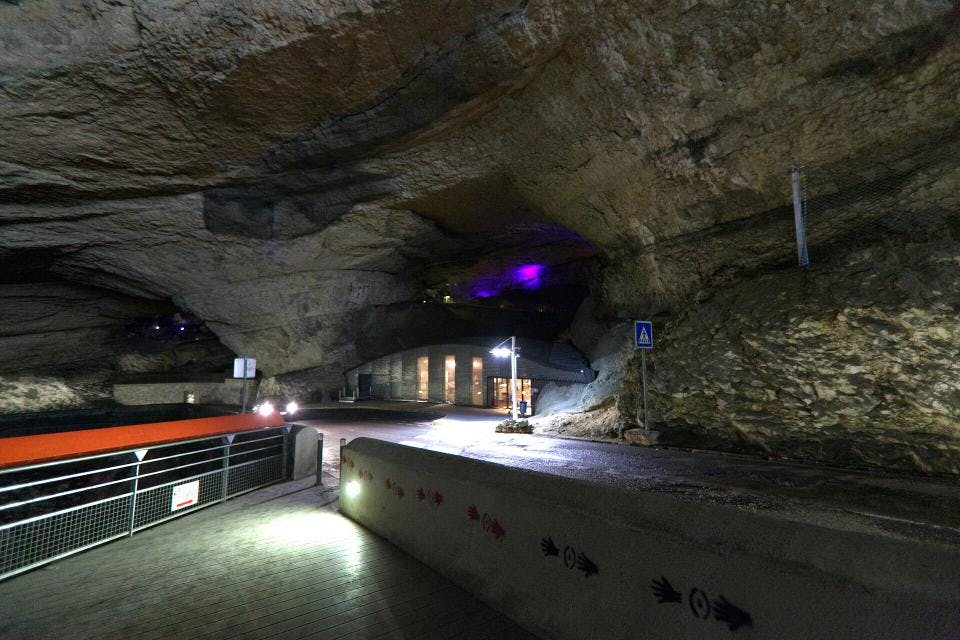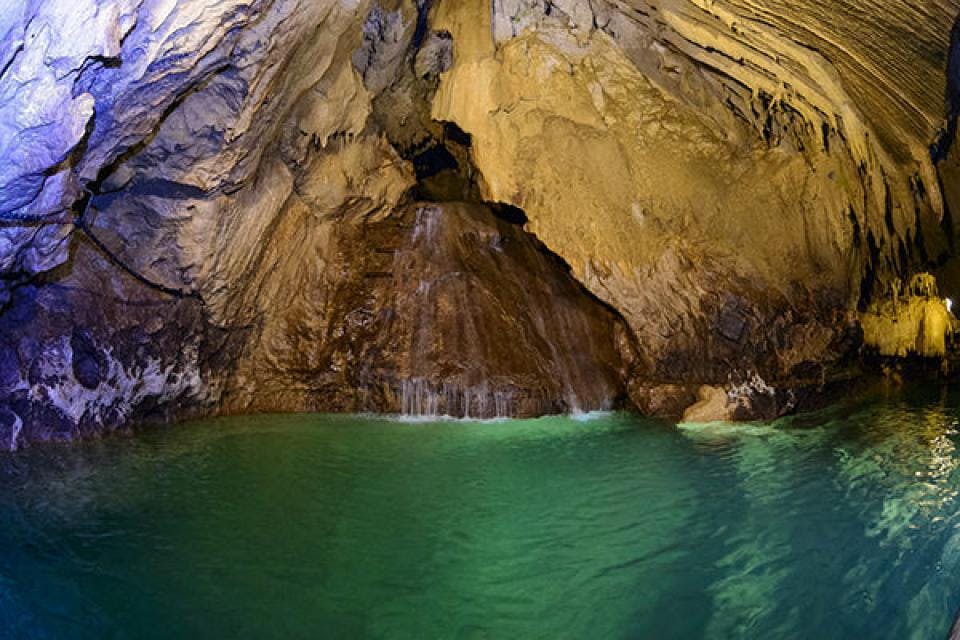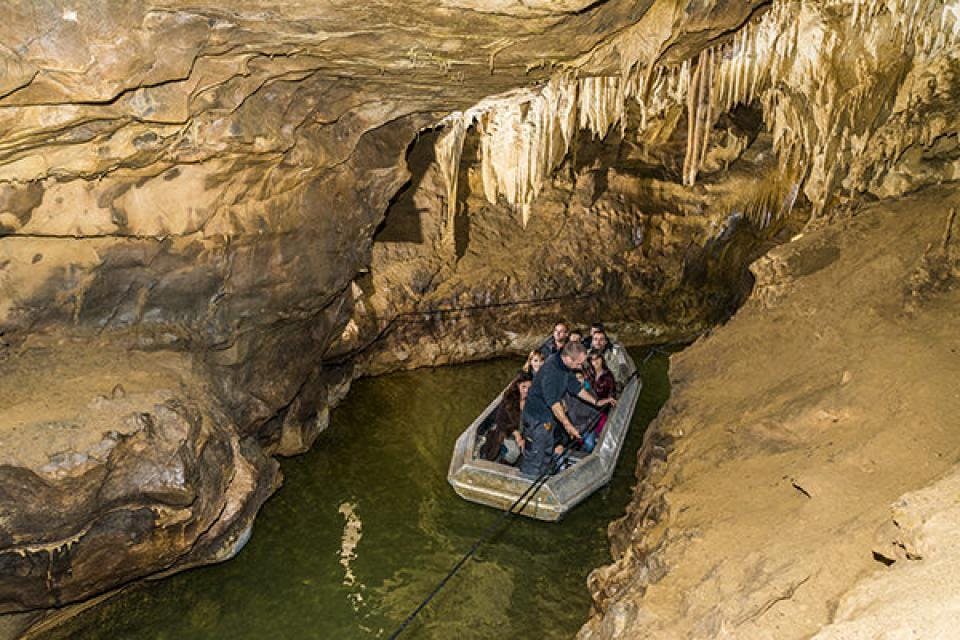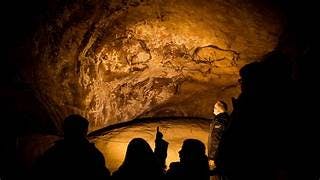The Grotte de Niaux is perhaps the most famous of these three. This cave belongs to the same geological massif as the Cave of Lombrives. The two are therefore close to each other (Lombrives is only 6 kilometres away), but are not connected. The Cave of Niaux contains the most beautiful and clearest wall paintings of the three caves described here. In the Cave of Lascaux, north of Toulouse, you seem to find even better-preserved art, but this cave is not open to tourists. Niaux, fortunately, is!
Inside, you will find petroglyphs of very realistically depicted horses, bison, deer, ibex and fish. All the drawings are done in the typical style of the Magdalenian culture. This people inhabited large parts of western Europe between 17,000 and 11,000 years ago. Footprints of children have also been found. However, this part of the cave is not open to the public, as you have to dive through an underground tunnel for a stretch to get there.
Because Niaux has such great archaeological value, access to the cave is strictly regulated. Only 25 people are allowed per visit and the number of tours in a day is limited. This is because the stable temperature of about 12ºC in the cave must be maintained to ensure the quality of the murals. Moreover, the surface of the cave has been left in its natural state. So besides a thick jumper, sturdy shoes are also a must! Finally, the cave is not illuminated, as most other caves are. Instead, all visitors are given their own torch. Might seem inconvenient, but this also makes your visit extra exciting!
Due to the small number of visitors allowed per day, it is advisable to book in advance. This will avoid possible disappointments at the cave entrance.
back to city's
